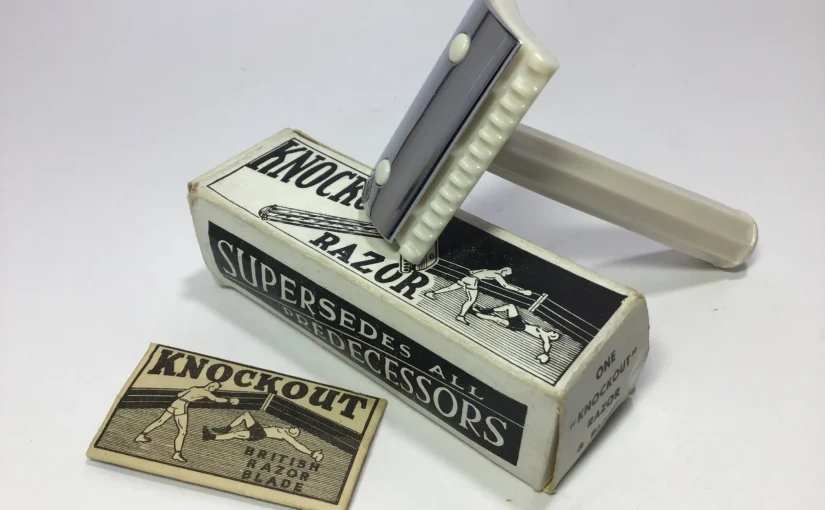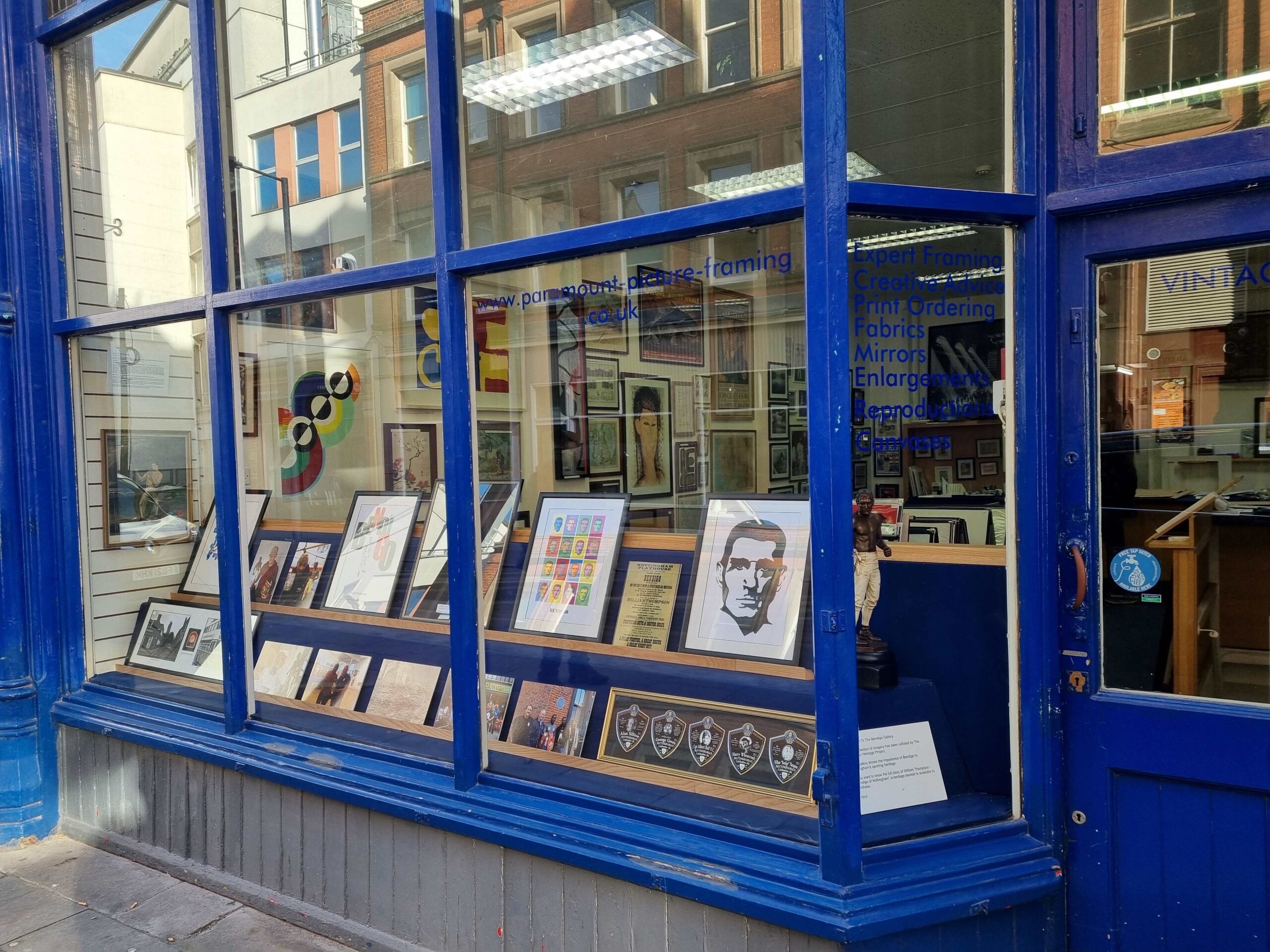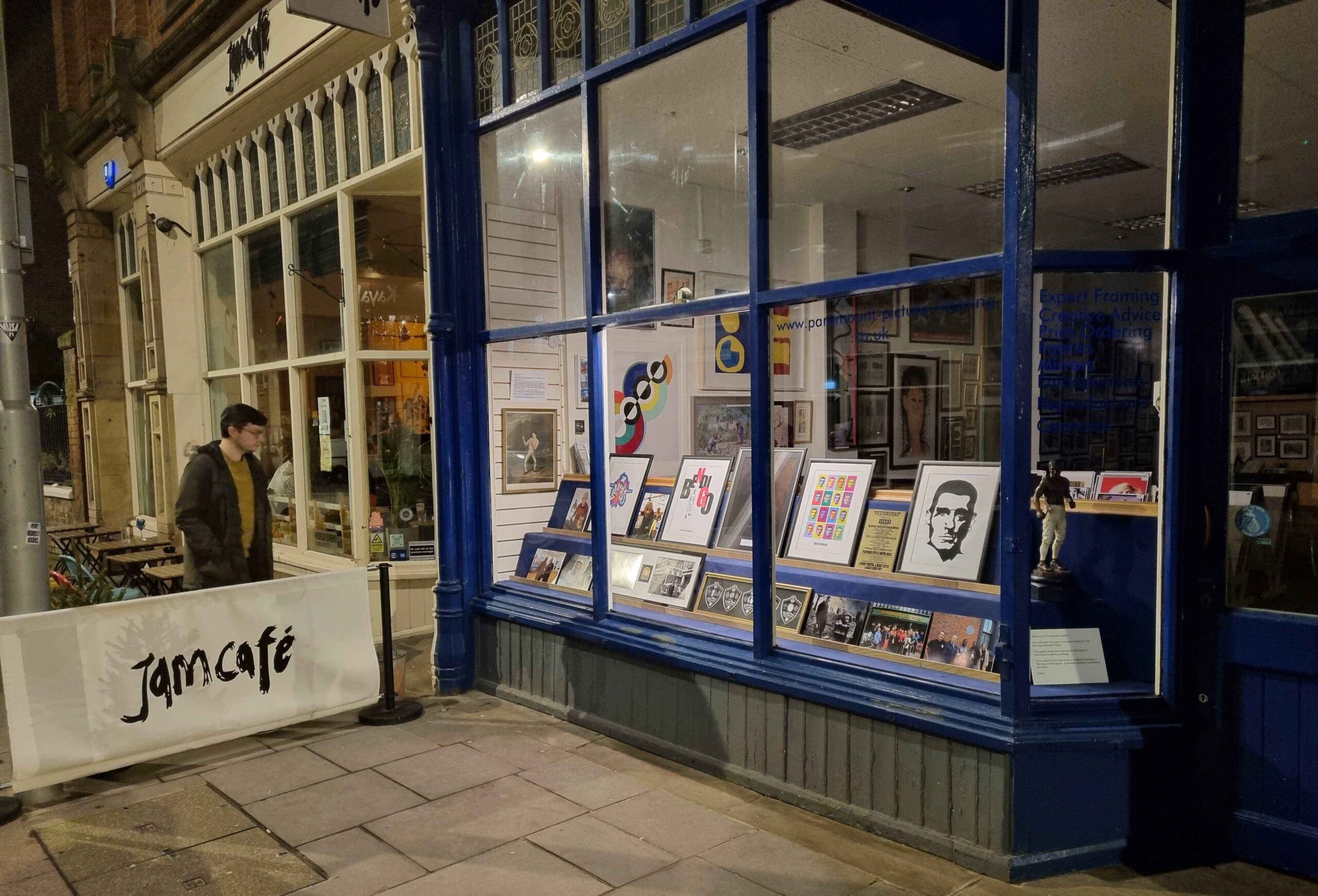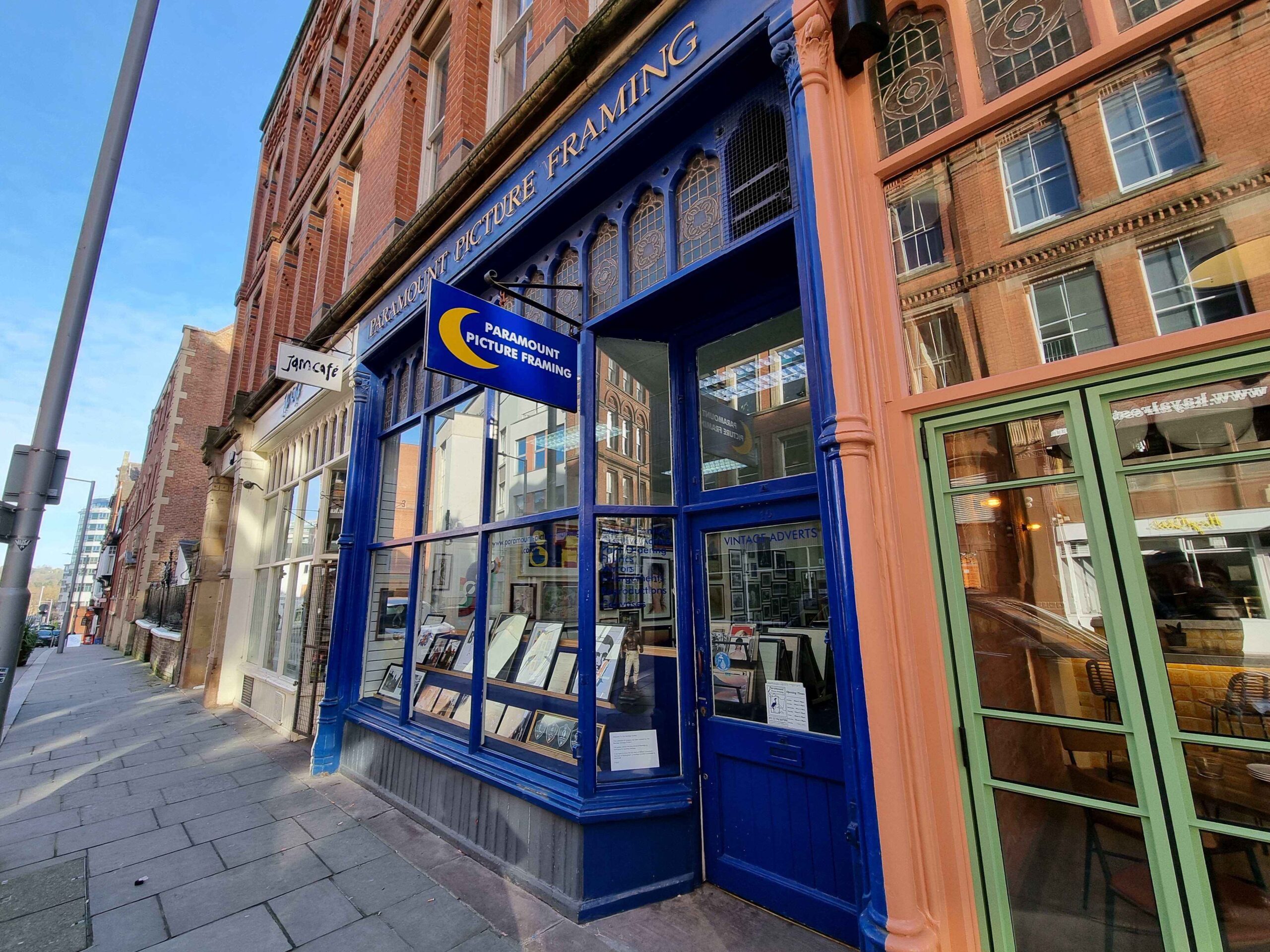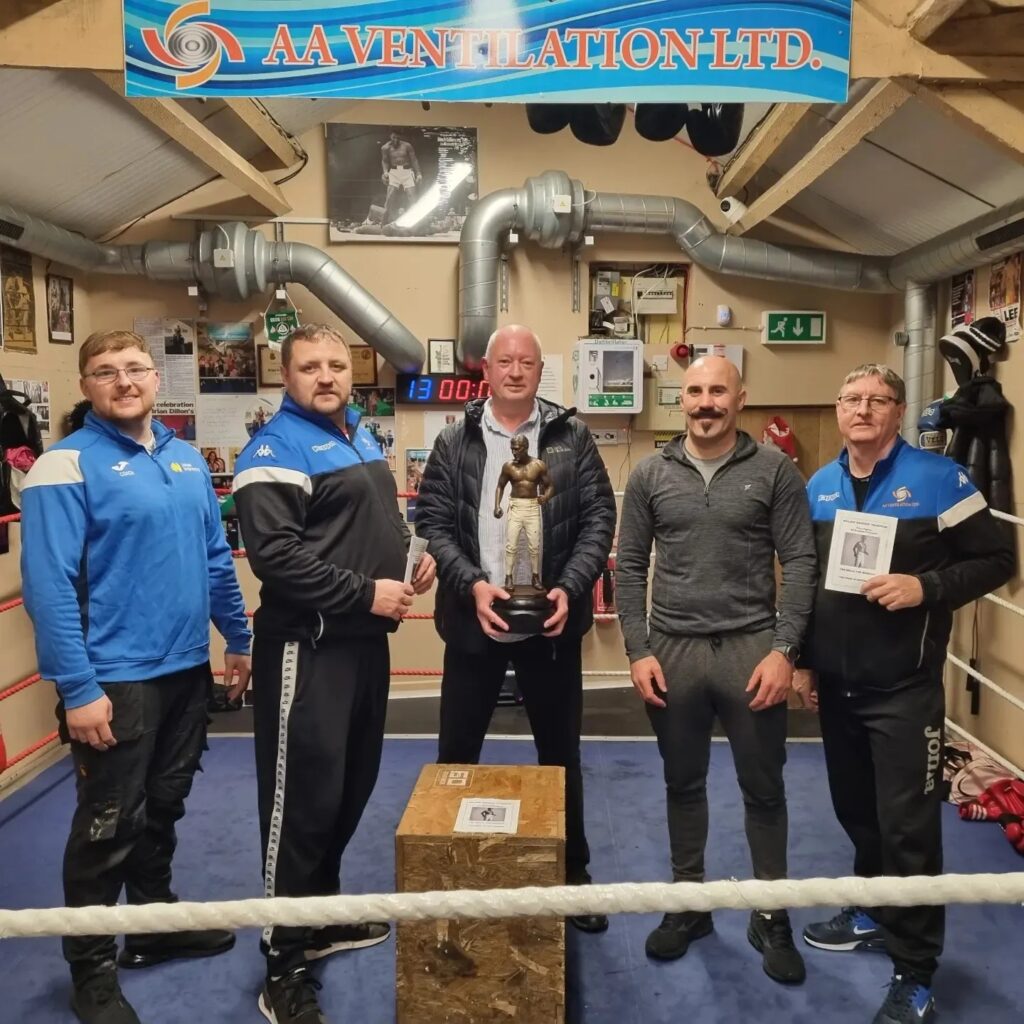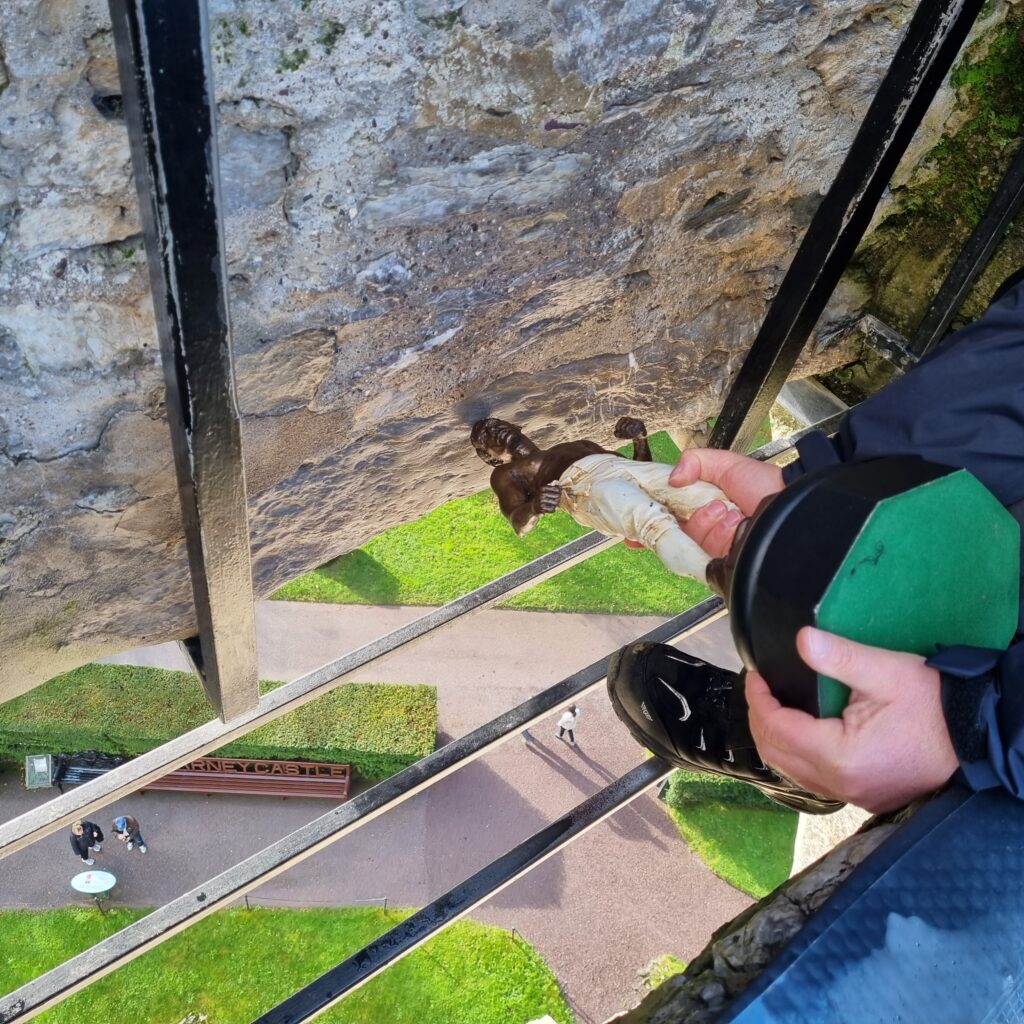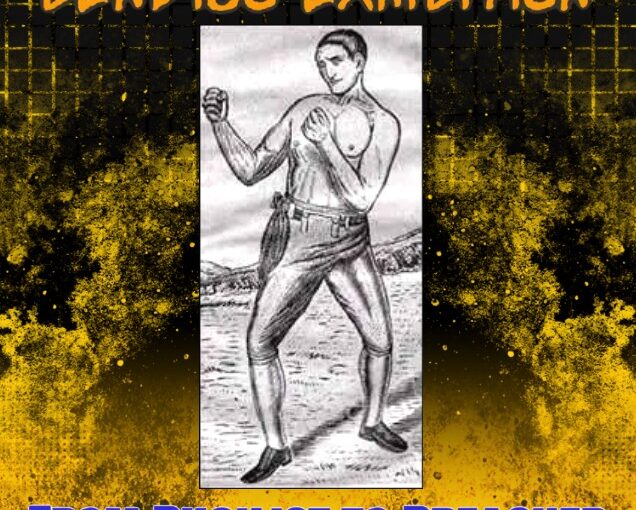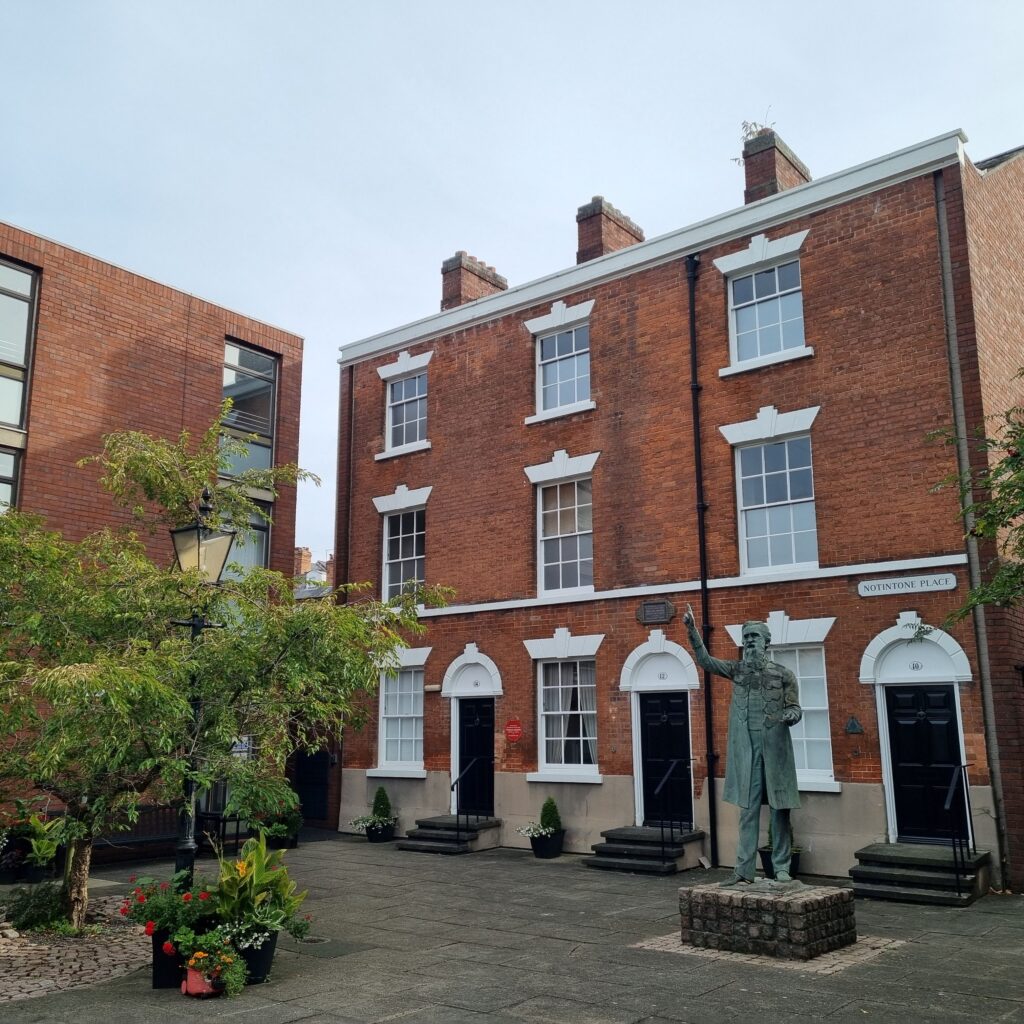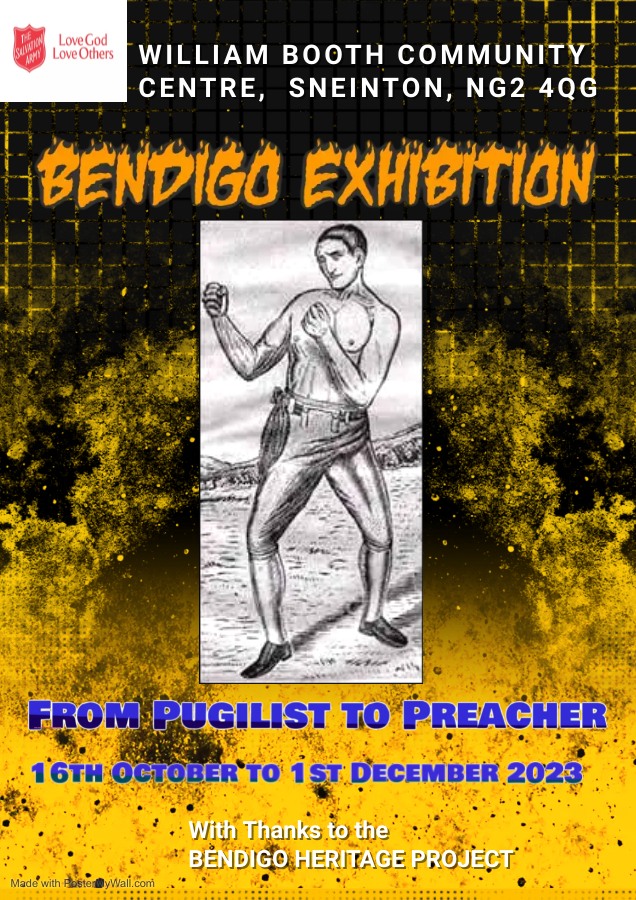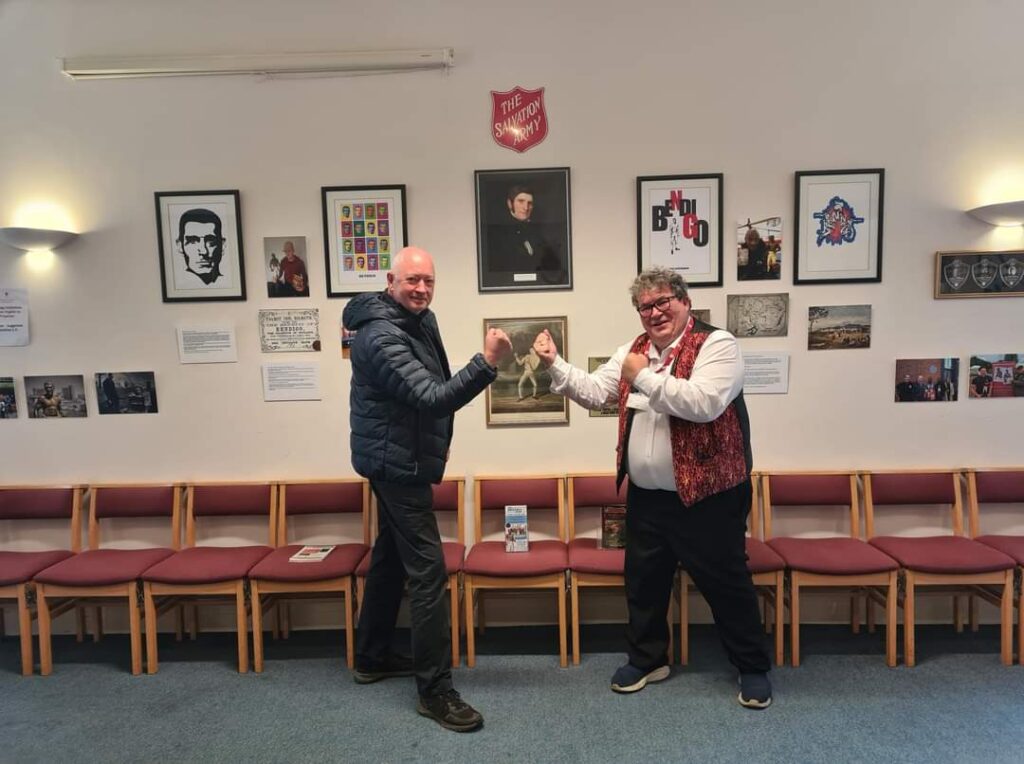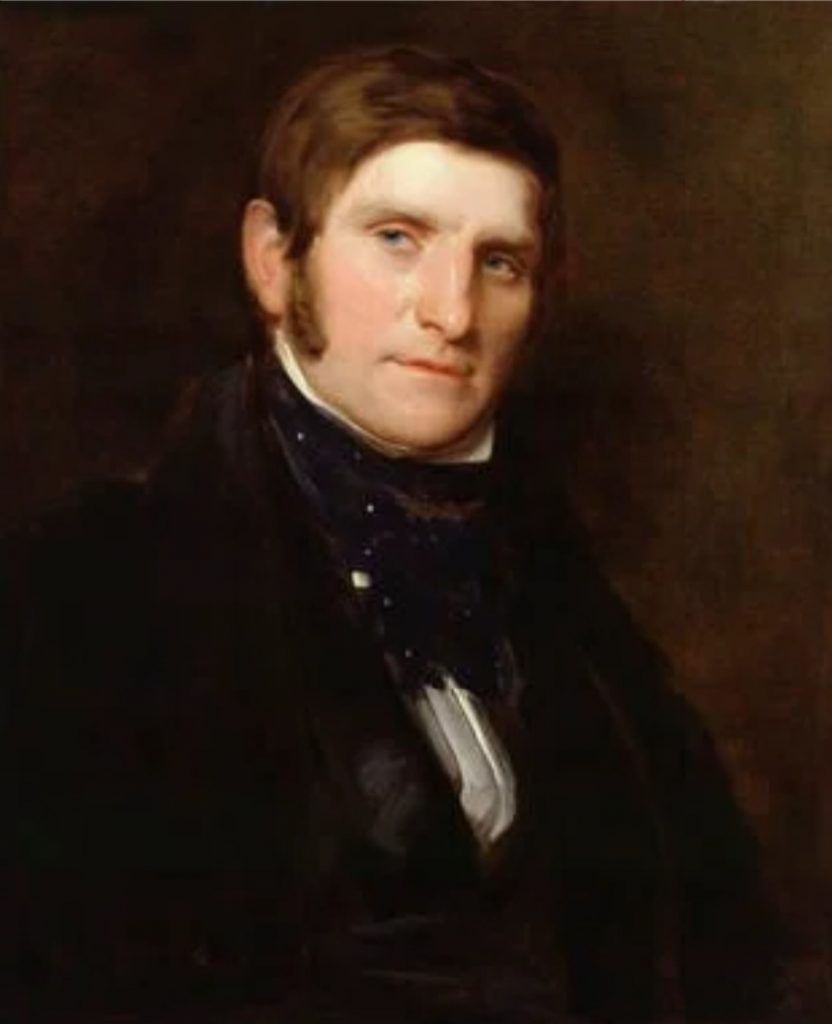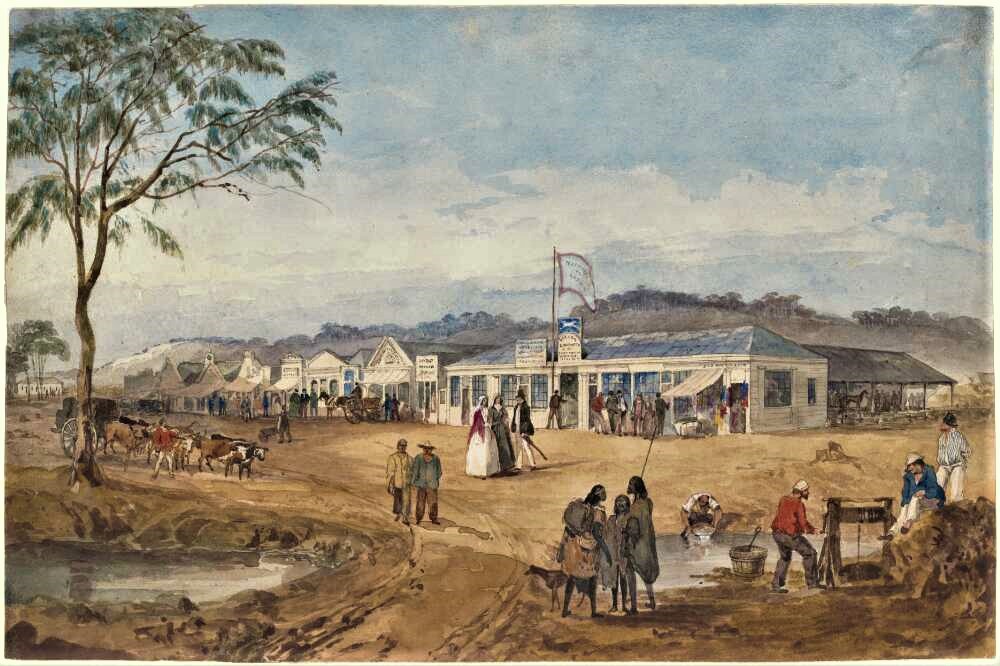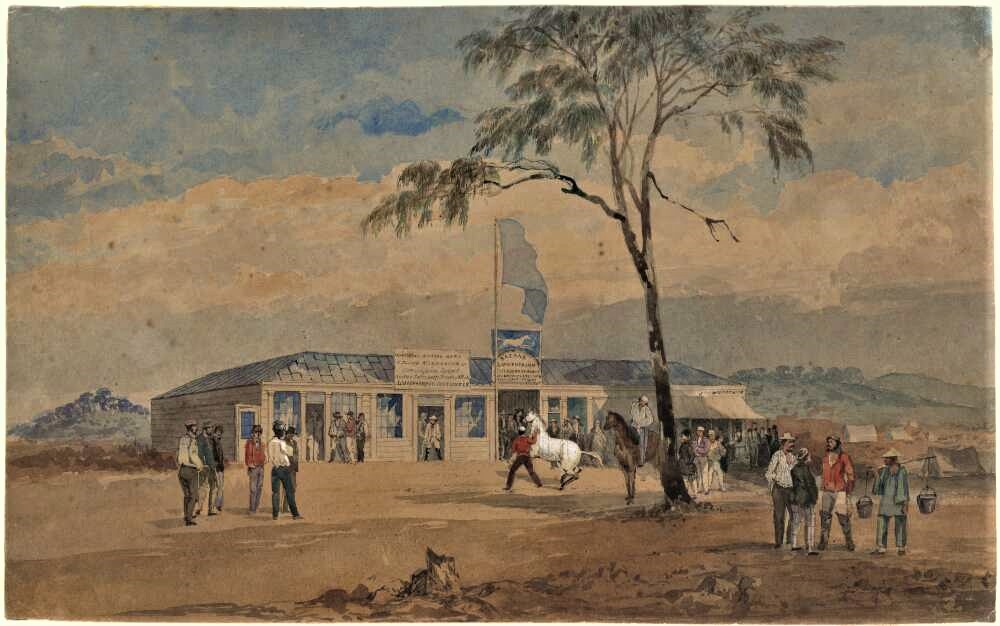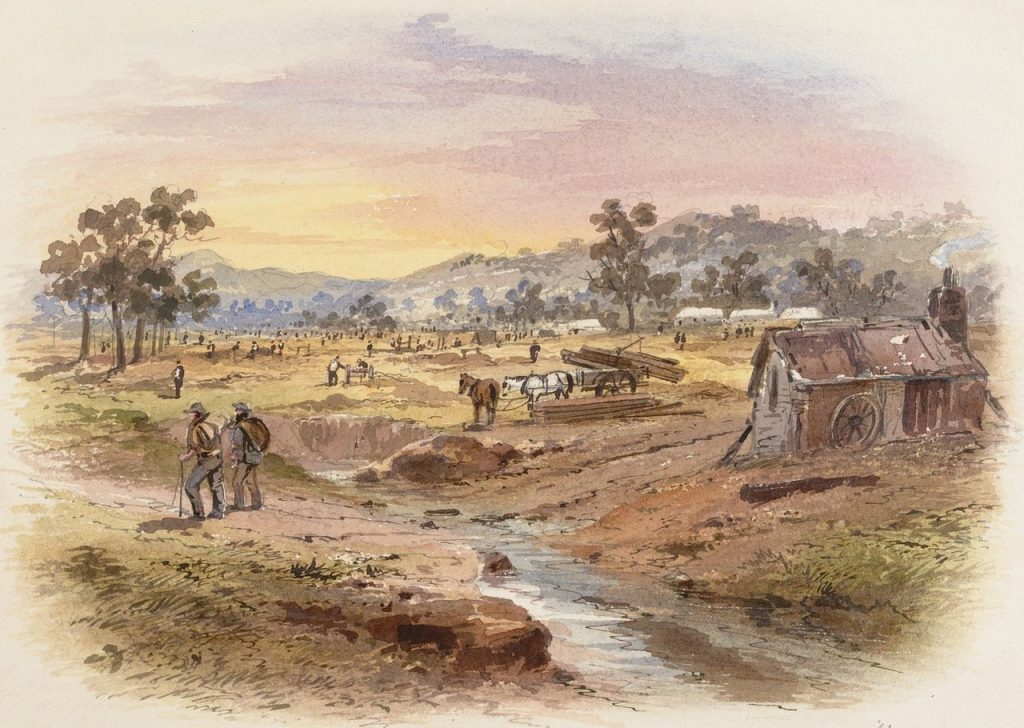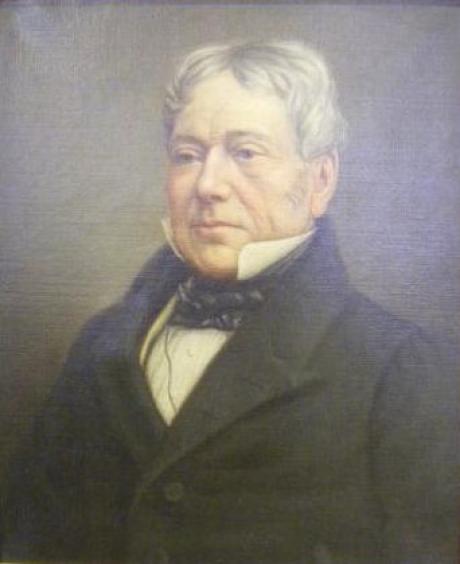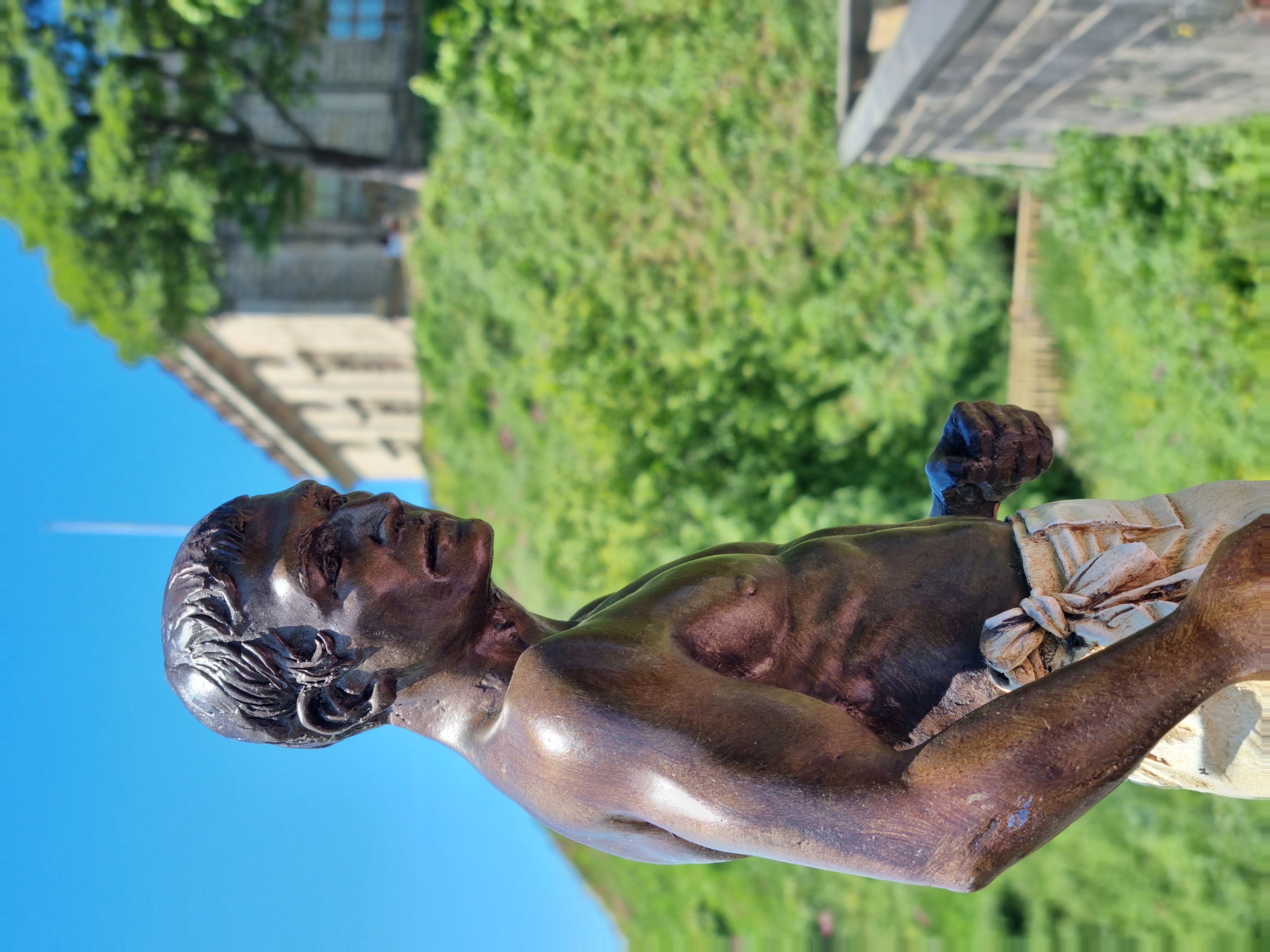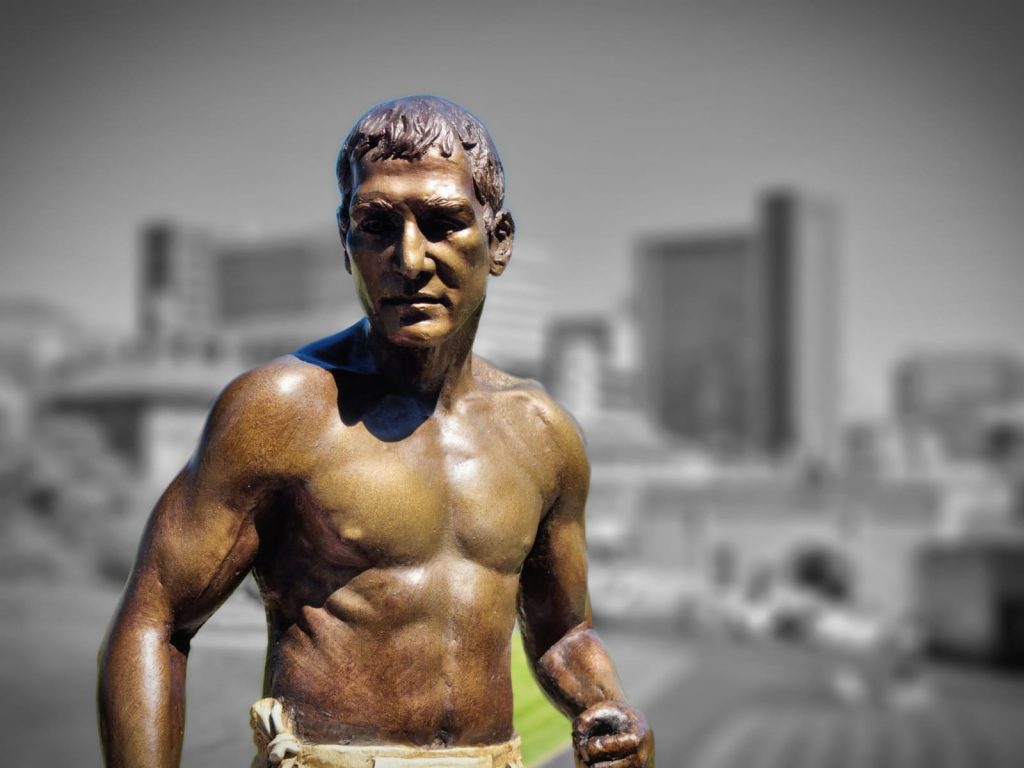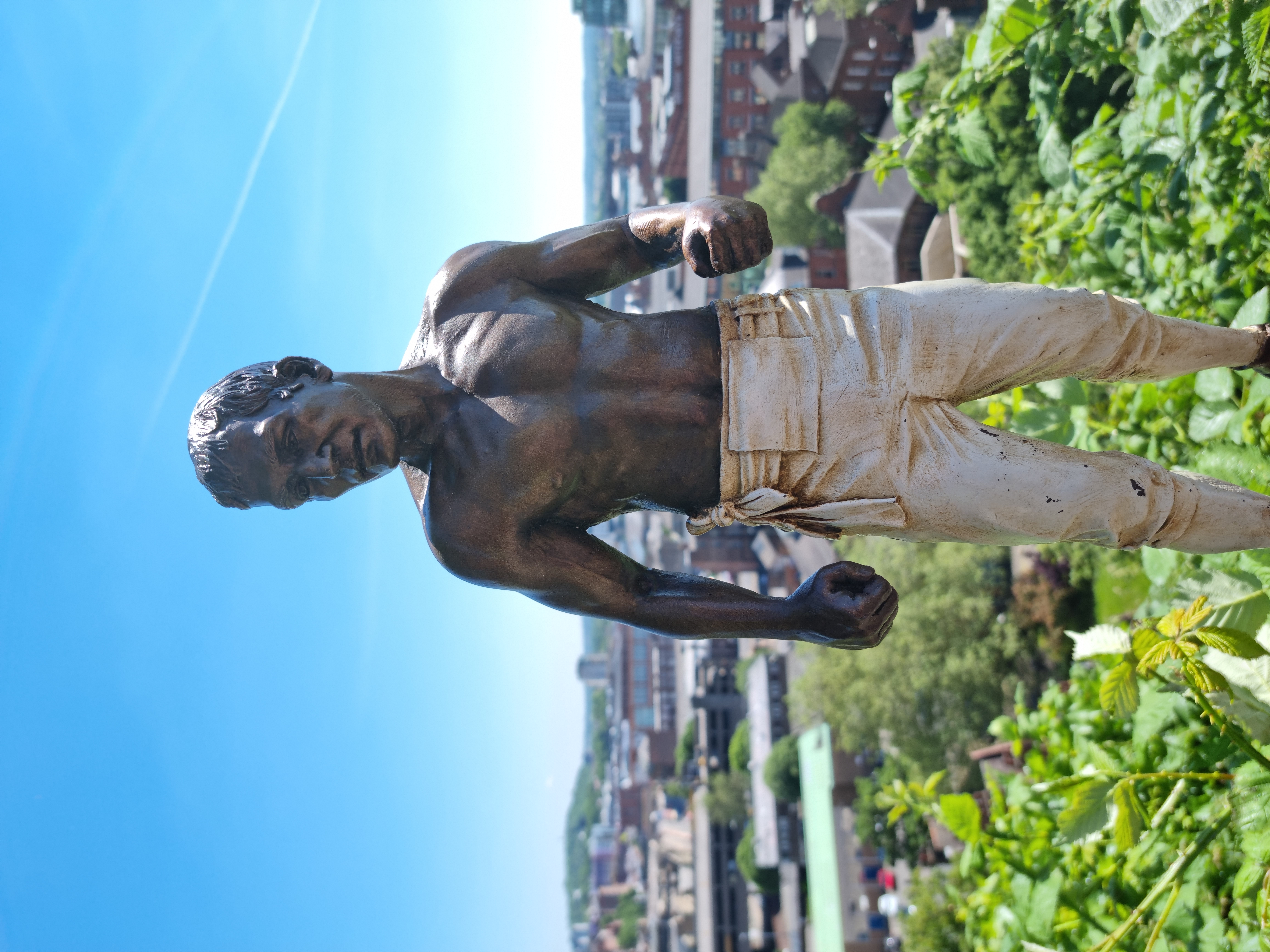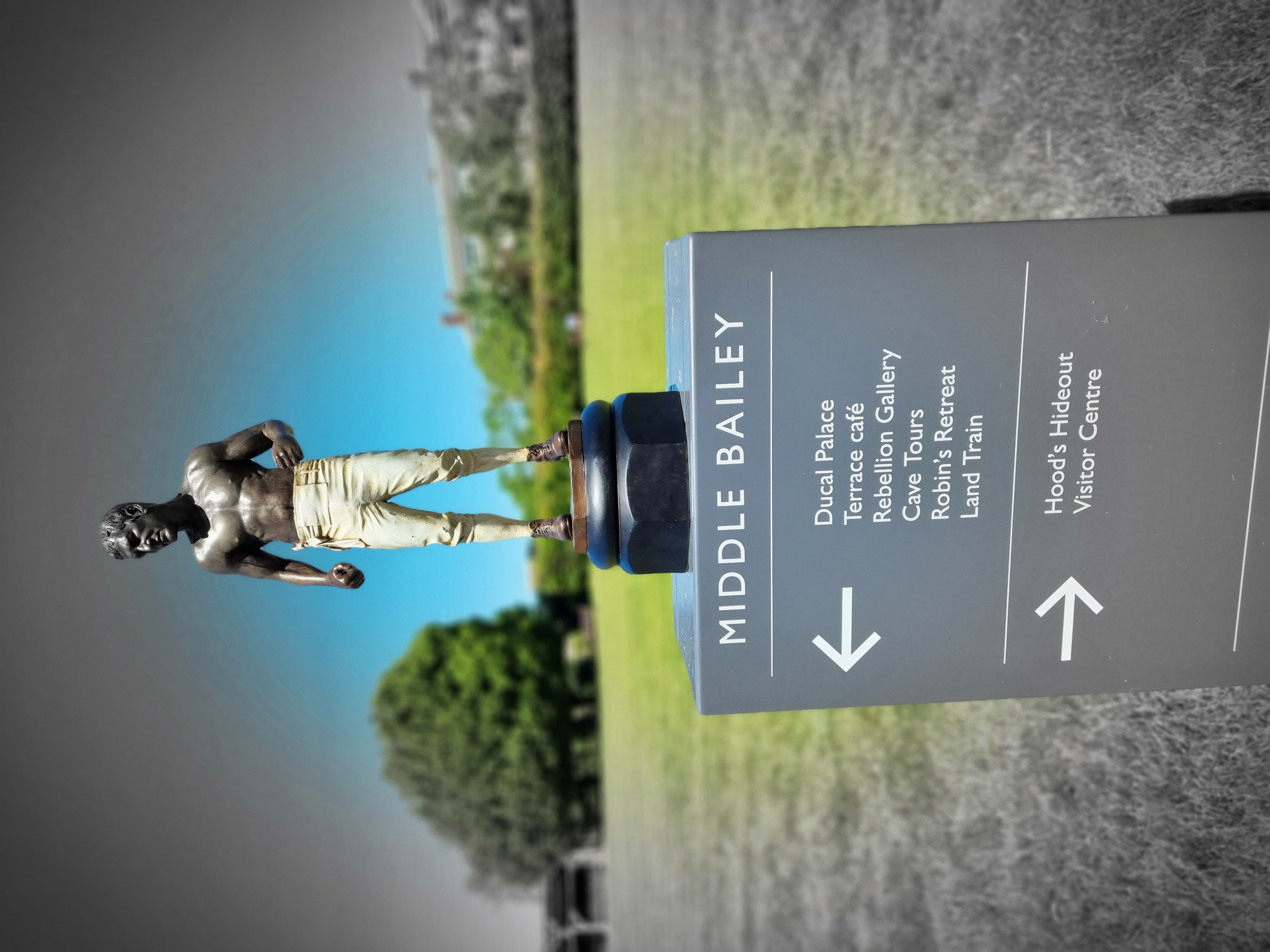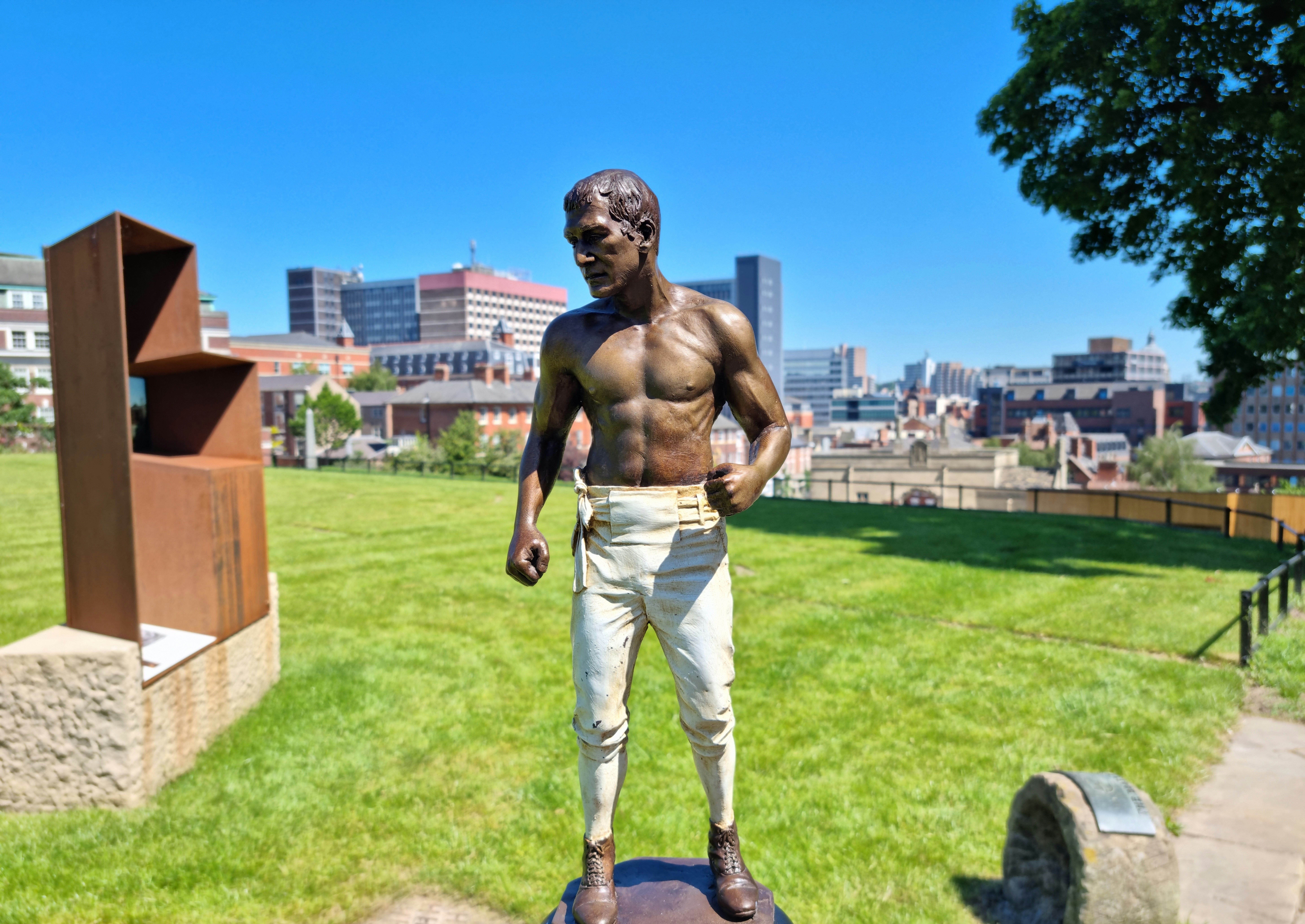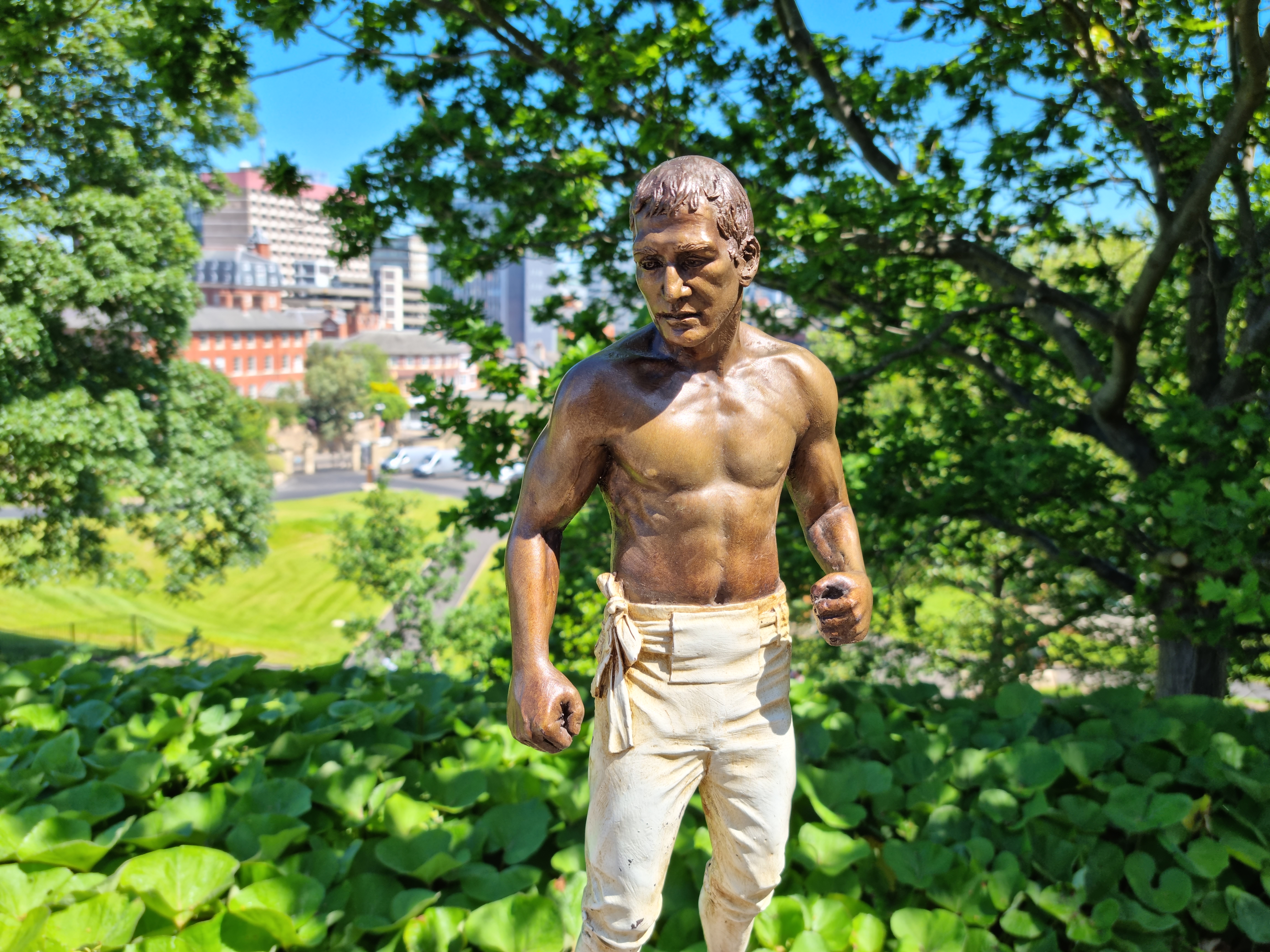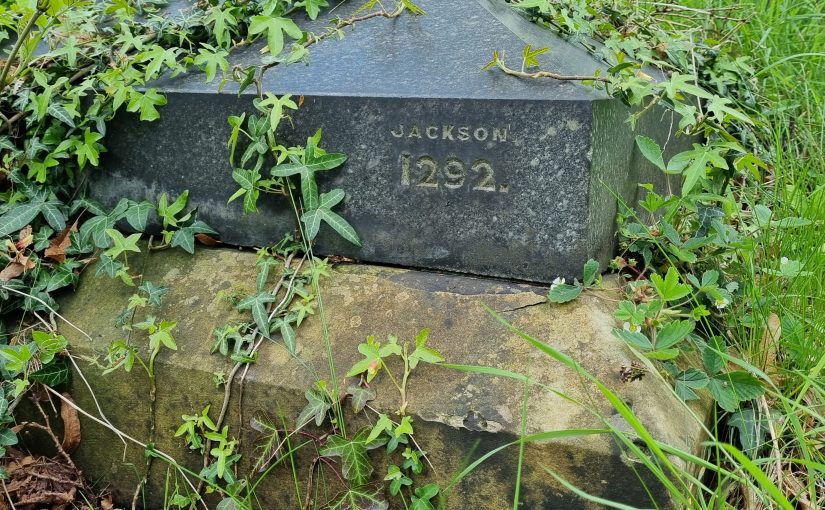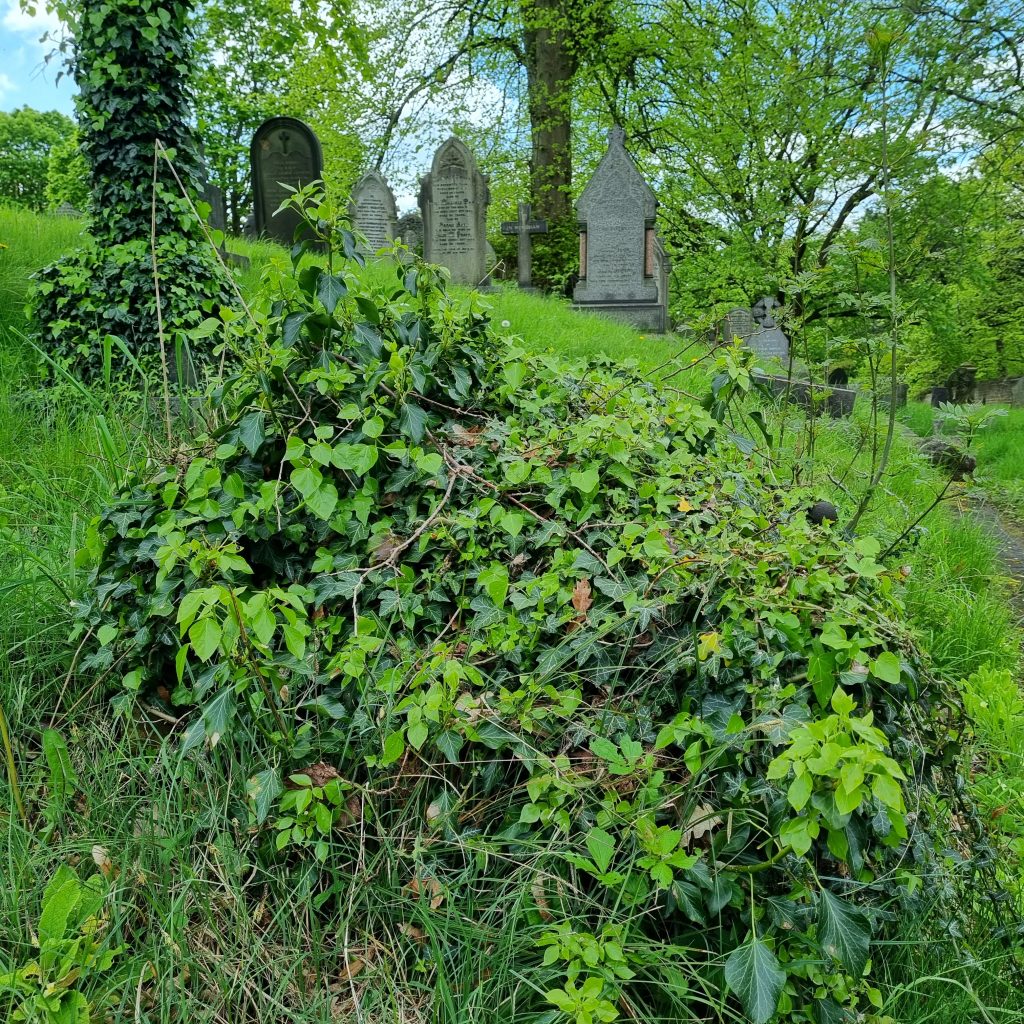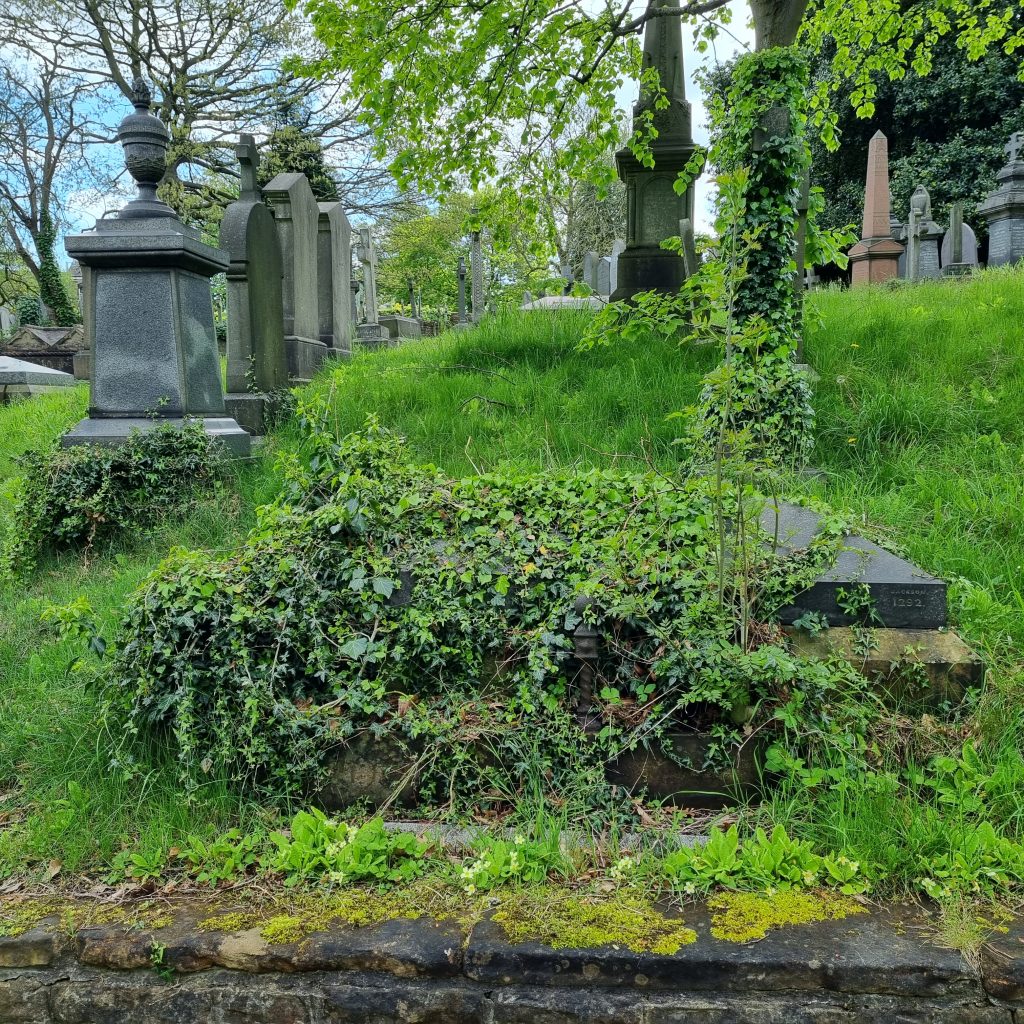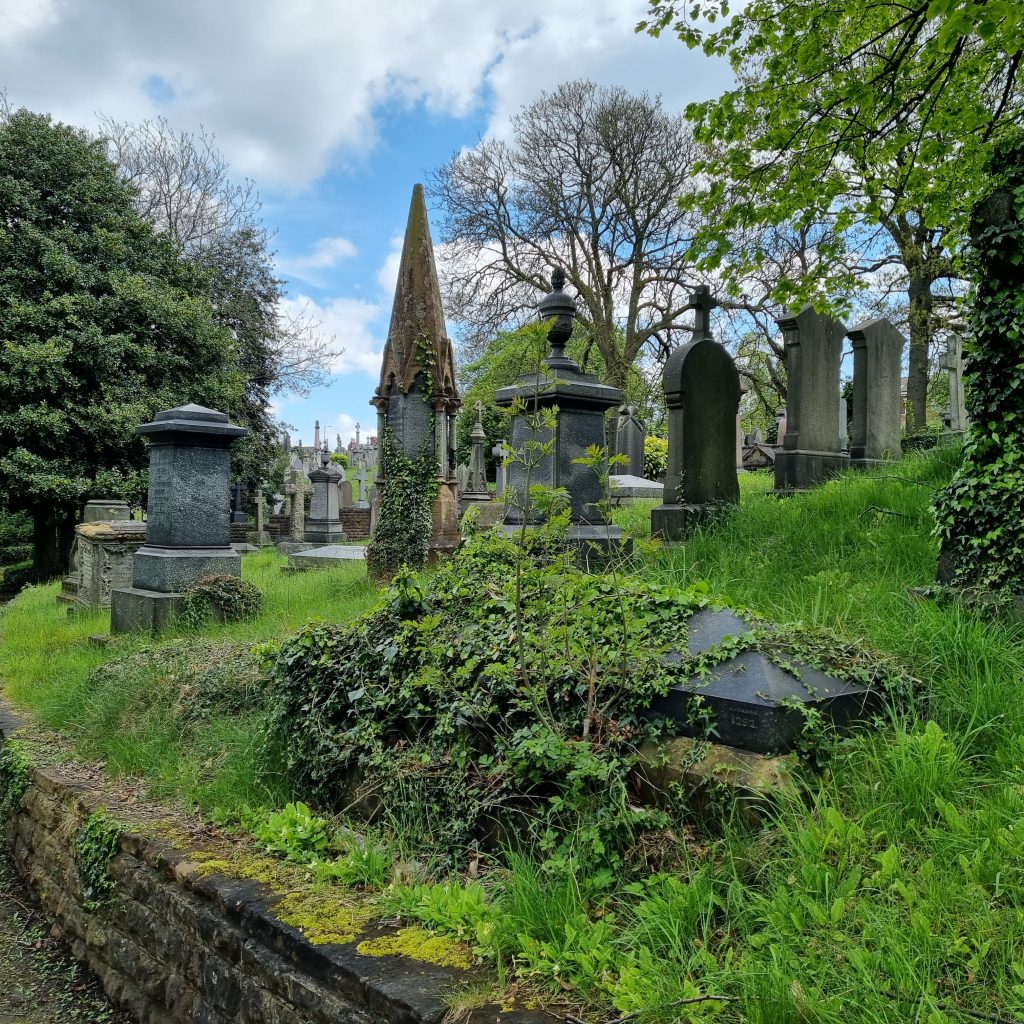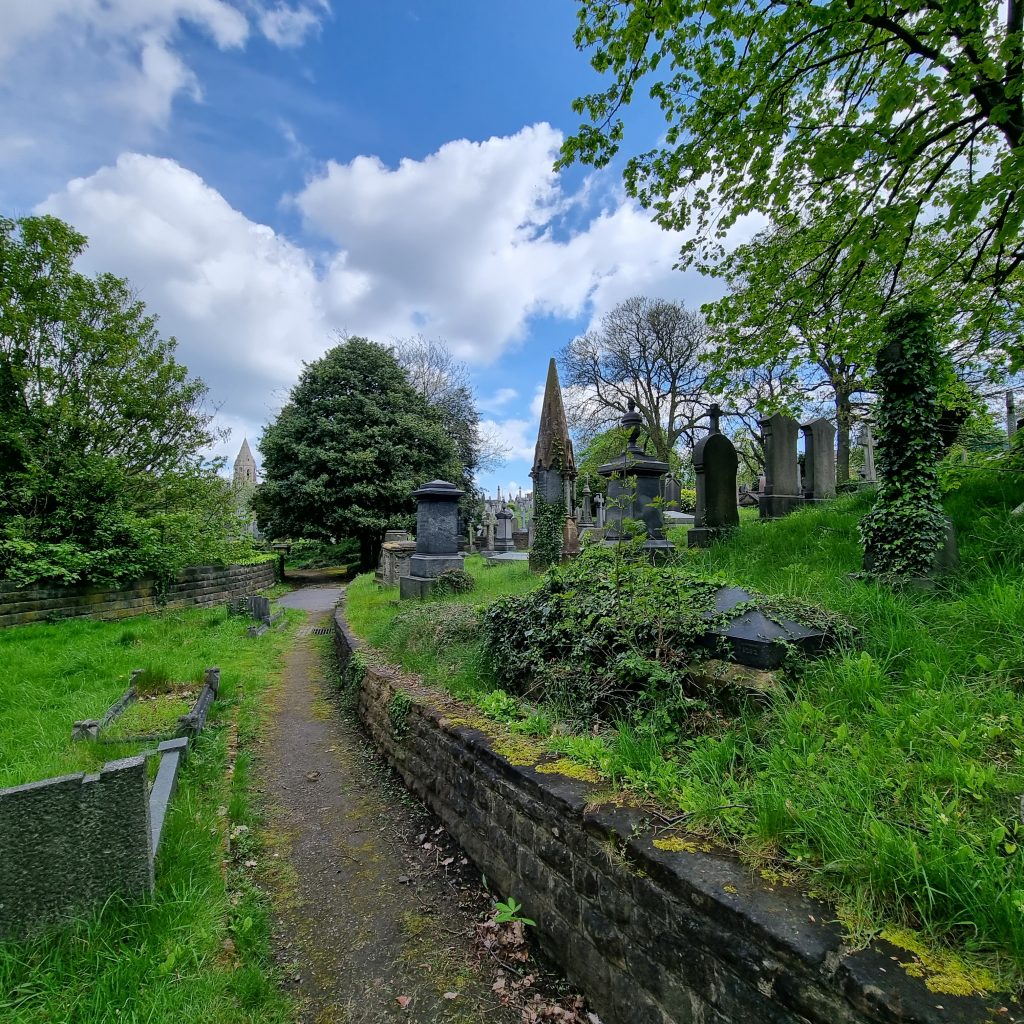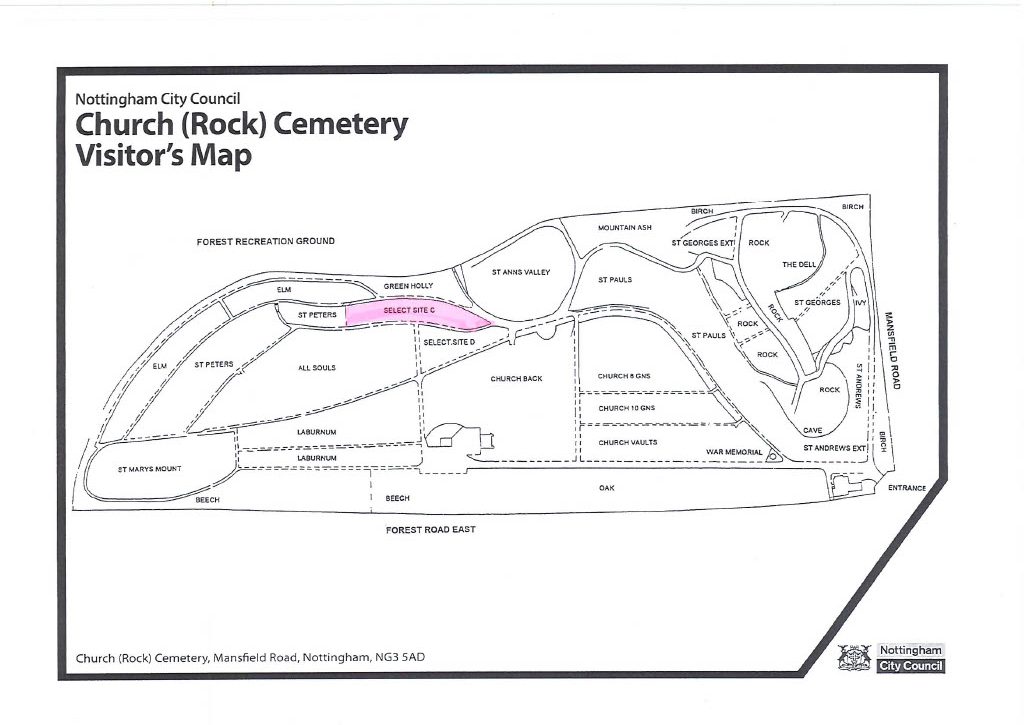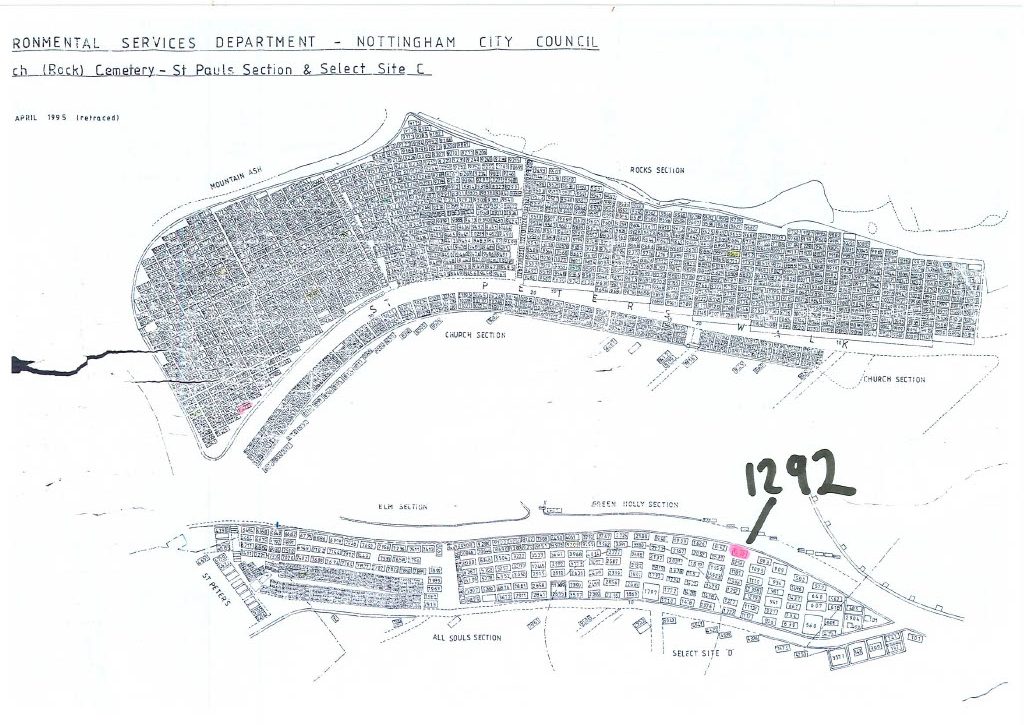It appears that some people connected to Sheffield did not respect Bendigo in the way most other followers of boxing do.
Knock – Out Razor Blades
Bendigo featured in a set of collectable cards issued by the Sheffield company that made shaving products including the Knock-Out Razor Blades in 1938. Bendigo featured at No. 13 of 50 Famous Prize Fighters. This was clearly unlucky for him as the text was not well researched or written, describing him as ‘not a stylish fighter’ something that we all know he was.
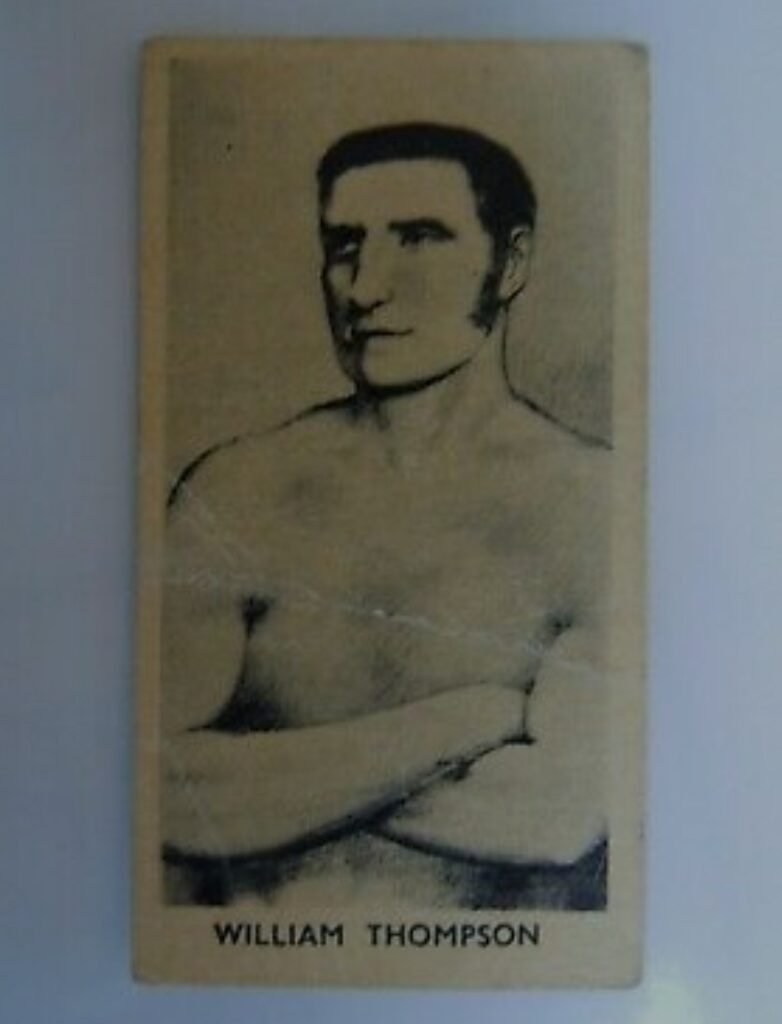
Bendigo’s Biography

He had great strength but was not a stylish fighter, and was a very bad sportsman indeed in many ways, though eventually he became Champion of England.
Anon
Ungrateful Sheffield?
We don’t know who wrote these words for the company but whoever did appears to have some agenda against Bendigo’s ability and his reputation.
Even more disappointing was the company involved was Fred C. Cartledge (Sheffield) Ltd.
It is well known that Bendigo put considerable effort into improving the prize-fighting scene in Sheffield in the late 1830s. Initially he was introduced to the town when he joined Levi Eckersley who ran a touring boxing booth at travelling fairs. Bendigo spent some time with him, working on his technique.
Sheffield even became his base whilst waiting for his opportunity to fight James Burke for the All England title. Burke was in the United States so Bendigo had to wait for his return. He made use of his time by running the Manchester Arms public house on West Street in Sheffield, and organising prize-fights for up and coming Sheffield fighters, who did not match those from his hometown 40 miles south.
Even more ironic is that two weeks after beating James Burke for the title, he was actually presented with the belt in Sheffield, at the Batty’s Circus Royal in Sheffield.
Collectible Cards

The Knock-Out Razor Blades Famous Prize Fighters are still very collectible as are the razors and blades produced by F.C Cartledge.
Pictures on the cards were black and white. Some were real images while others were renditions of the subjects. The first 30 cards were drawings while the final 20 were in the modern era and used photographs. Like most other collectible cards of the period, biographies were printed on the back.
Two different sets were issued, one has a matte finish and the other, a glossy finish. The company encouraged collectors to complete a set offering anyone with 50 cards, to send them to the company and their duplicates would be exchanged for cards they needed.
Who’s Who Of Boxing
Here’s the checklist of all the names in the series of Knock Out Razor Blades of 1938:
John Broughton – Jack Slack – Tom Johnson – Isaac Perrins – Samuel Elias – Tom Belcher – John Gulley – Tom Cribb – Thomas Molineaux – Tom Spring – Bill Neat – Jem Ward – William Thompson – Eric Boon – James Burke – Tom Sayers – Jem Mace – Tom King – John Sullivan – Bill Doherty – Arthur Danahar – Peter Jackson – Frank Slavin – James Corbett – Charlie Mitchell – Bob Fitzsimmons – Georges Carpentier – Jack Dempsey – Gunnar Barlund – Henry Armstrong – Max Schmeling – Joe Louis – Walter Neusel – Al Roth – Don McCorkindale – Arno Koelblin – Maurice Strickland – Pete Sarron – Tommy Farr – Eddie Phillips – Len Harvey – Jack Petersen – Benny Lynch – Johnny Ward – Kid Berg – Gustav Humery – Ben Foord – Max Baer – Small Montana – John Henry Lewis – Harry Mizler
Let’s hope the biographies or these great names were more accurate.
